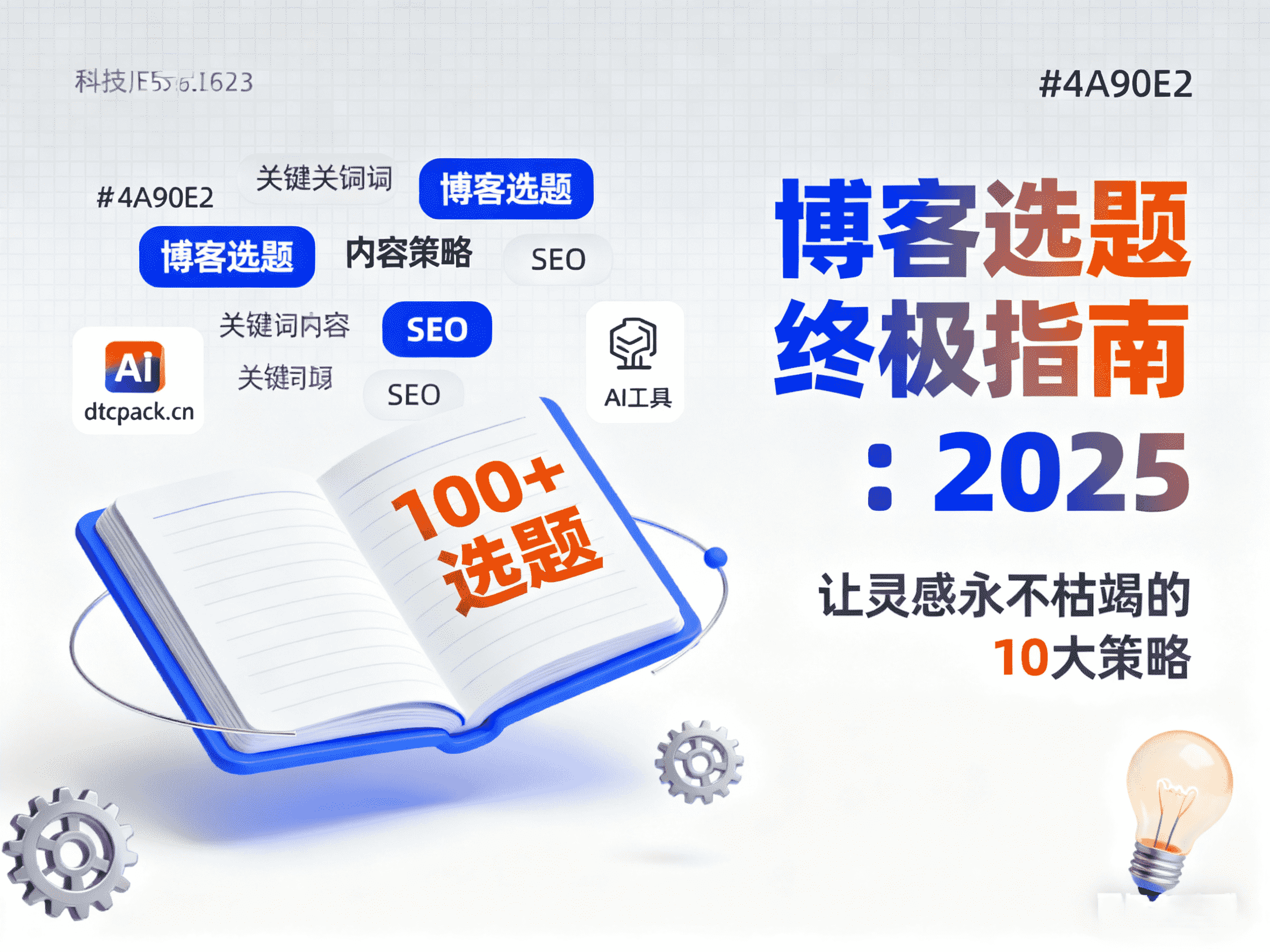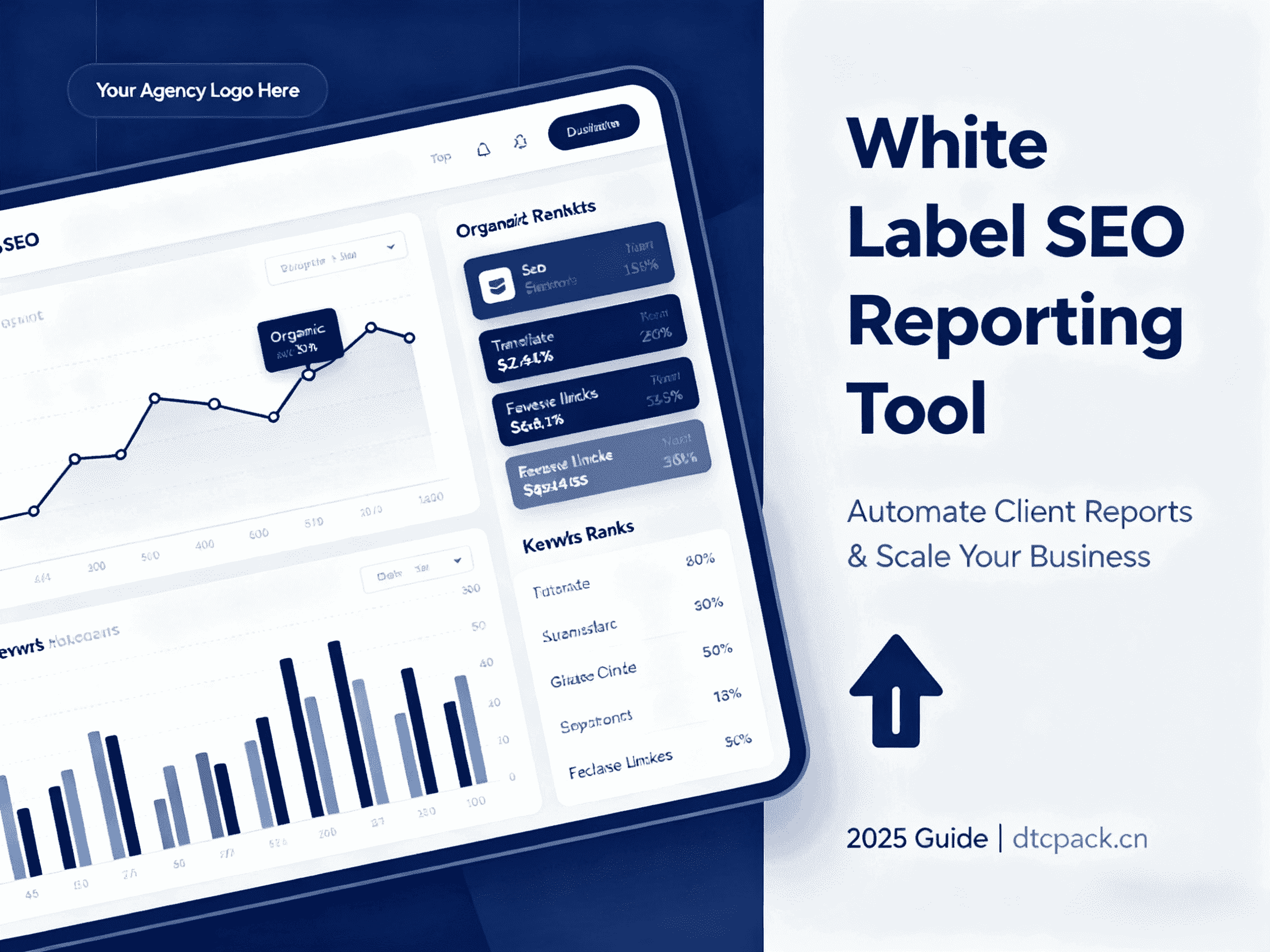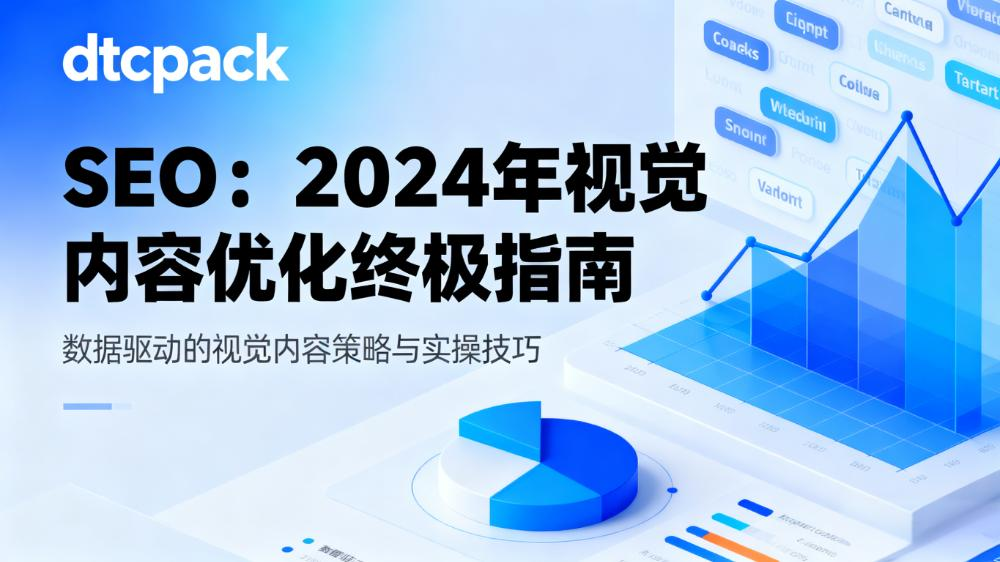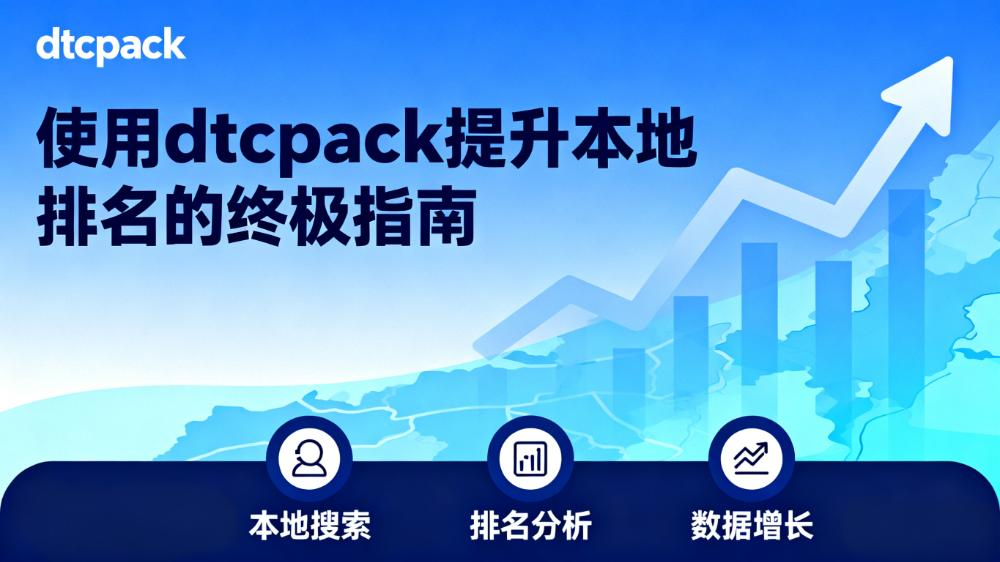In today's globalized economy, international trade has become an essential path for countless companies seeking growth and market expansion. It involves selling products to overseas markets to achieve global business operations. However, transitioning from a domestic market to the vast international stage is no small feat, involving complex processes, diverse channels, and potential challenges. This ultimate guide will systematically walk you through every stage of international trade, helping your business set sail for success.
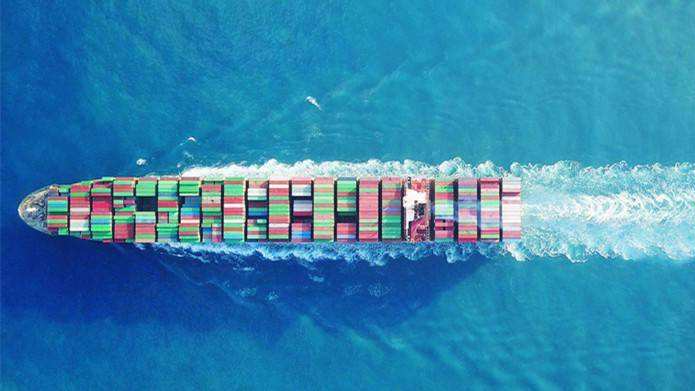
I. 9 Effective Methods for Entering International Markets
Choosing the right channel is the first step to succeeding in international trade. Businesses should select one or more methods based on their product characteristics, target market, and financial resources.
-
1. B2B E-commerce Platforms
This is the most common channel for traditional export businesses, especially suitable for wholesale and bulk commodity transactions. Leading platforms like Alibaba.com, Made-in-China.com, and Global Sources can help you quickly connect with global buyers. -
2. B2C E-commerce Marketplaces
If your products are suitable for direct-to-consumer sales, B2C marketplaces like Amazon, eBay, and AliExpress are ideal choices. They offer massive traffic and a mature consumer base. -
3. Building Your Own Independent Brand Website
Using tools like Shopify or WooCommerce to build your own official store gives you complete control over your brand image and pricing, while also avoiding high platform commissions. This is a crucial step towards building a brand and accumulating a private customer base. -
4. Social Media Marketing
Utilize platforms like Facebook, Instagram, LinkedIn, and even TikTok for brand promotion and content marketing. Through targeted advertising, you can directly reach potential overseas customers and build a brand community. -
5. Search Engine Optimization (SEO) & PPC Advertising
Optimize your independent website to achieve higher organic rankings in search engines like Google. Paired with Google Ads, this strategy can precisely attract customers with strong purchasing intent. -
6. Participating in Offline International Trade Shows
Attending renowned industry exhibitions like the Canton Fair, CES in the US, or the Frankfurt Fair is one of the most effective ways to meet overseas buyers and agents face-to-face and build trust. -
7. Partnering with Overseas Agents and Distributors
Collaborating with agents or distributors in your target market allows you to leverage their established sales networks and local expertise to quickly introduce your products to the market. -
8. Overseas Warehousing & Cross-Border Logistics
Work with professional cross-border logistics companies or establish overseas warehouses in key target markets. This can significantly improve logistics efficiency, shorten delivery times, and enhance the customer experience. -
9. Working with Foreign Trade Service Companies
For factories or businesses with limited experience, partnering with professional trade service companies can be a powerful launchpad. They offer end-to-end services, from market analysis and client acquisition to customs and logistics support.
II. The Complete International Trade Process (14 Key Steps)
International trade is a systematic process where each step is interlinked. Understanding and mastering the following 14 steps will ensure your trade operations run smoothly.
-
Market Research: Conduct in-depth analysis of the target industry, market size, competition, and trends.
-
Customer Acquisition: Utilize multiple channels like your website, B2B platforms, social media, search engines, and customs data to find potential clients.
-
Quotation: Use standard Incoterms like FOB (Free On Board), CIF (Cost, Insurance, and Freight), or CFR (Cost and Freight) to ensure your quotes are professional and universally understood.
-
Order Placement & Contract Signing: After agreeing on the quotation, the buyer places a formal order. Both parties then negotiate details and sign a formal Sales Contract.
-
Payment Methods: Clearly define the payment method, such as Letter of Credit (L/C), Telegraphic Transfer (T/T), or Documents Against Payment (D/P), to manage financial risks.
-
Production & Preparation: Arrange production strictly according to the technical specifications, quality standards, quantity, and delivery time stipulated in the contract.
-
Quality Inspection: Before shipment, conduct or arrange for a third-party inspection to verify that the goods meet the contract's quality and specification requirements.
-
Packaging: Package the goods according to international trade standards or the client's specific requirements to ensure their safety during long-distance transportation.
-
Customs Declaration: Prepare all necessary documents and entrust a customs broker to handle export clearance procedures.
-
Shipping & Freight: Choose a reliable shipping or air freight company, arrange for the cargo to be loaded, and promptly inform the customer.
-
Arranging Transport Insurance: Purchase transport insurance as required by the trade terms (e.g., CIF) to cover potential risks during transit.
-
Bill of Lading (B/L) Issuance & Delivery: Obtain the Bill of Lading from the freight company, ensure the information on it matches the actual cargo, and deliver it to the buyer as agreed.
-
Foreign Exchange Settlement: After receiving payment, complete the foreign exchange settlement process at the bank.
-
Tax Refund Application: Apply for an export tax refund from the tax authorities using the export declaration form and other required documents.
III. 4 Core Strategies for Successful International Trade
To stand out in the fierce global competition, you need more than just mastering the process; you need to build a core competitive advantage.
-
1. Prioritize Product Quality
Quality is the cornerstone of all business activities. No matter how brilliant your marketing strategy is, it's the superior quality of your products that will ultimately retain customers. This is the foundation for the long-term success of any international trade business. -
2. Focus on Niche Markets
Don't try to be everything to everyone. Use sales data and market feedback to identify your most profitable markets and core customer groups. Then, tailor your products and features to meet their specific needs. -
3. Invest in Independent R&D
As "Made in China" evolves into "Created in China," product differentiation through independent design and R&D is becoming increasingly vital. It not only helps you avoid price wars but is also key to building a technological edge. -
4. Build a Strong Brand
A brand is a powerful tool for increasing product value and building consumer trust. Consistently communicate your brand's value and story through your independent website, social media, and other channels to build a lasting competitive advantage in the minds of your customers.
Conclusion
In summary, international trade is a journey filled with both opportunities and challenges. It requires businesses to not only be familiar with the complete trade process but also to possess a strategic vision for choosing the right channels, creating superior products, and building a unique brand. Through systematic planning and continuous effort, your company can successfully expand into overseas markets and secure a strong position on the global stage.
FAQ (Frequently Asked Questions)
-
Q1: What is the best way for a new small business to start exporting?
A: For small businesses, it's wise to start with low-cost, low-risk methods. Recommended options include: 1) Selling on B2C marketplaces like AliExpress or Amazon; 2) Using social media for low-cost marketing to acquire initial customers; 3) Building a simple Shopify website to start creating your own brand. -
Q2: Which part of the export process is most prone to problems?
A: The payment and shipping stages carry the highest risks. For new clients or small orders, try to secure upfront payment (T/T) or use secure payment methods. Additionally, working with reliable freight forwarders and purchasing transport insurance can effectively mitigate shipping risks. -
Q3: Why is having an independent website becoming more important for export businesses?
A: Because an independent site helps businesses reduce their dependency on third-party platforms and puts customer data and brand assets in their own hands. It serves not just as a sales channel but as a central hub for brand display, content marketing, and customer relationship management—key for long-term, sustainable growth.
- Independent Design and R&D: Differentiation and innovation in R&D are increasingly important.
- Brand Building: Building a brand is a key way to increase product added value.
Please note that overseas foreign trade involves many steps and factors. Companies need to develop appropriate strategies based on their specific circumstances and closely monitor international market dynamics and policy changes to address potential risks and challenges.



